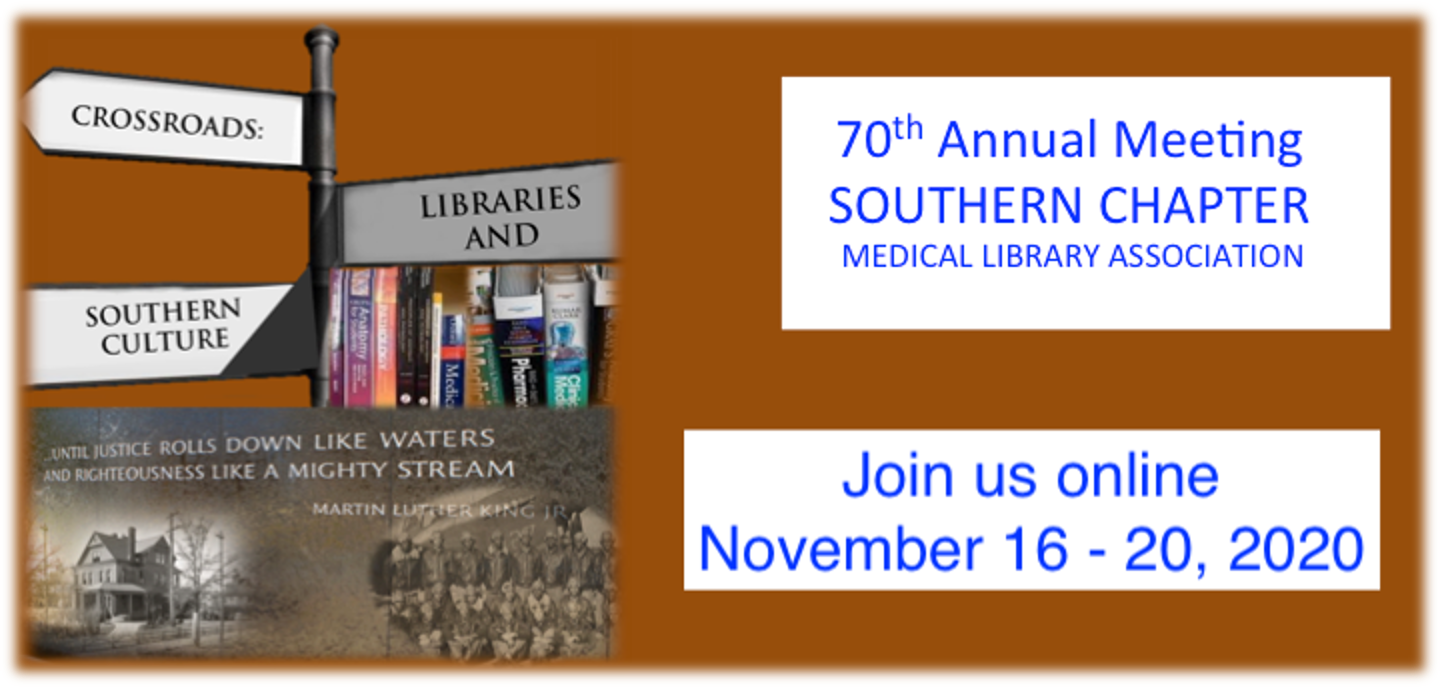Reimagining A to Z Database Descriptions to Improve User Experiences: A Database Description Project
Start Date
18-11-2020 1:30 PM
End Date
18-11-2020 3:00 PM
Type of Work
Poster
Description
Objective: This poster examines how a Research and Instruction Librarian team at Rowland Medical Library updated and re-envisioned the library’s A to Z Database list. Methods: Two librarians worked to reimagine the format of the database descriptions provided on the A-Z Database page to include the relevant information users routinely requested. To this end, the librarians determined that each description should include alternative names, subjects, content categories, date range, icons, and vendor information. The reimagined descriptions removed extraneous vendor content that confused users and focused on information users could use to make quick determinations on which databases were best for their information needs. They worked systematically to correlate subjects and content with the educational, clinical, and research missions of the university. Results: The project team selected 20 subjects, 21 content categories, and four resource icons for possible assignment to each database. All categories went through review by the library director and all faculty librarians. The team created a Microsoft Form to collate all data for each database in one location and used the collated information to update descriptions. Decisions on database best bests and content experts, features of the Springshare platform, were made by consensus. Conclusion: The updated A to Z Database page will improve user access and experiences when using the library website and e-resources.
Included in
Collection Development and Management Commons, Health Sciences and Medical Librarianship Commons
Reimagining A to Z Database Descriptions to Improve User Experiences: A Database Description Project
Objective: This poster examines how a Research and Instruction Librarian team at Rowland Medical Library updated and re-envisioned the library’s A to Z Database list. Methods: Two librarians worked to reimagine the format of the database descriptions provided on the A-Z Database page to include the relevant information users routinely requested. To this end, the librarians determined that each description should include alternative names, subjects, content categories, date range, icons, and vendor information. The reimagined descriptions removed extraneous vendor content that confused users and focused on information users could use to make quick determinations on which databases were best for their information needs. They worked systematically to correlate subjects and content with the educational, clinical, and research missions of the university. Results: The project team selected 20 subjects, 21 content categories, and four resource icons for possible assignment to each database. All categories went through review by the library director and all faculty librarians. The team created a Microsoft Form to collate all data for each database in one location and used the collated information to update descriptions. Decisions on database best bests and content experts, features of the Springshare platform, were made by consensus. Conclusion: The updated A to Z Database page will improve user access and experiences when using the library website and e-resources.


